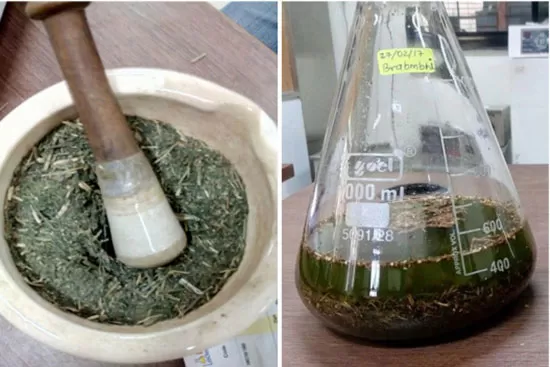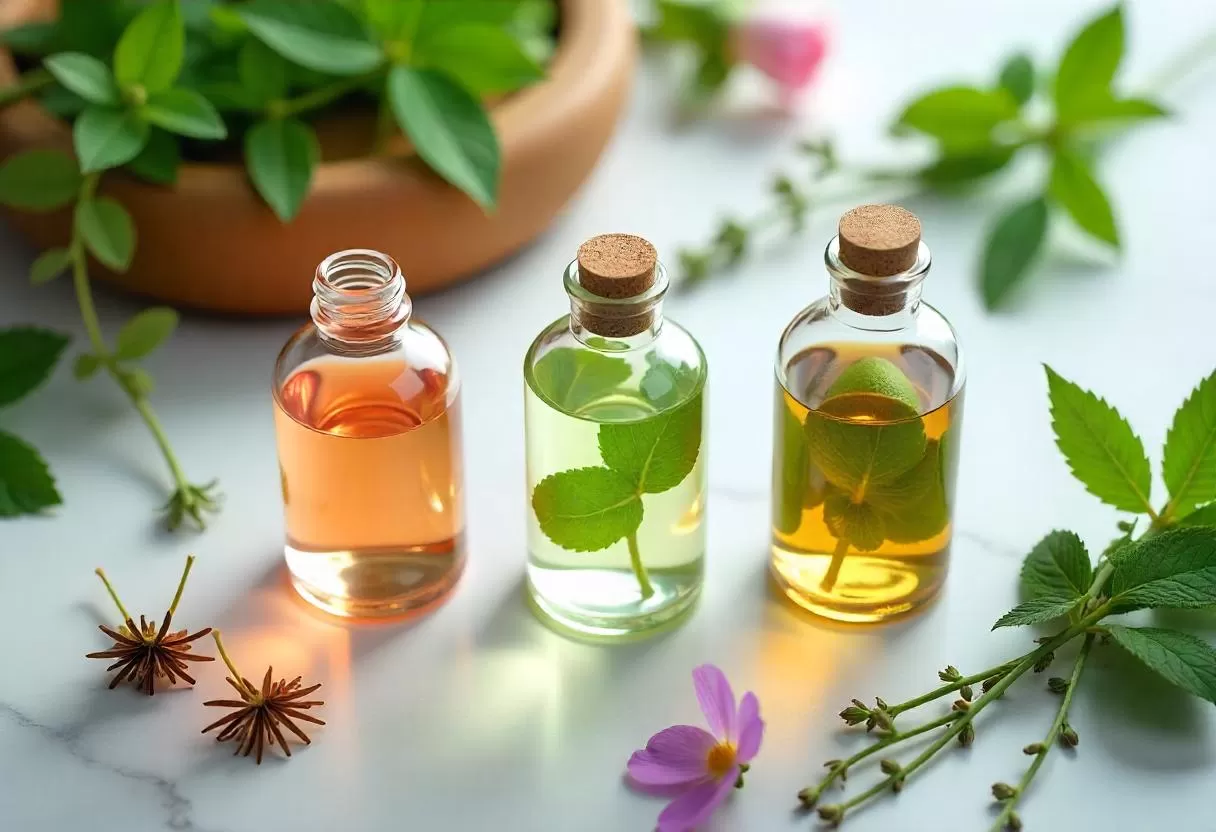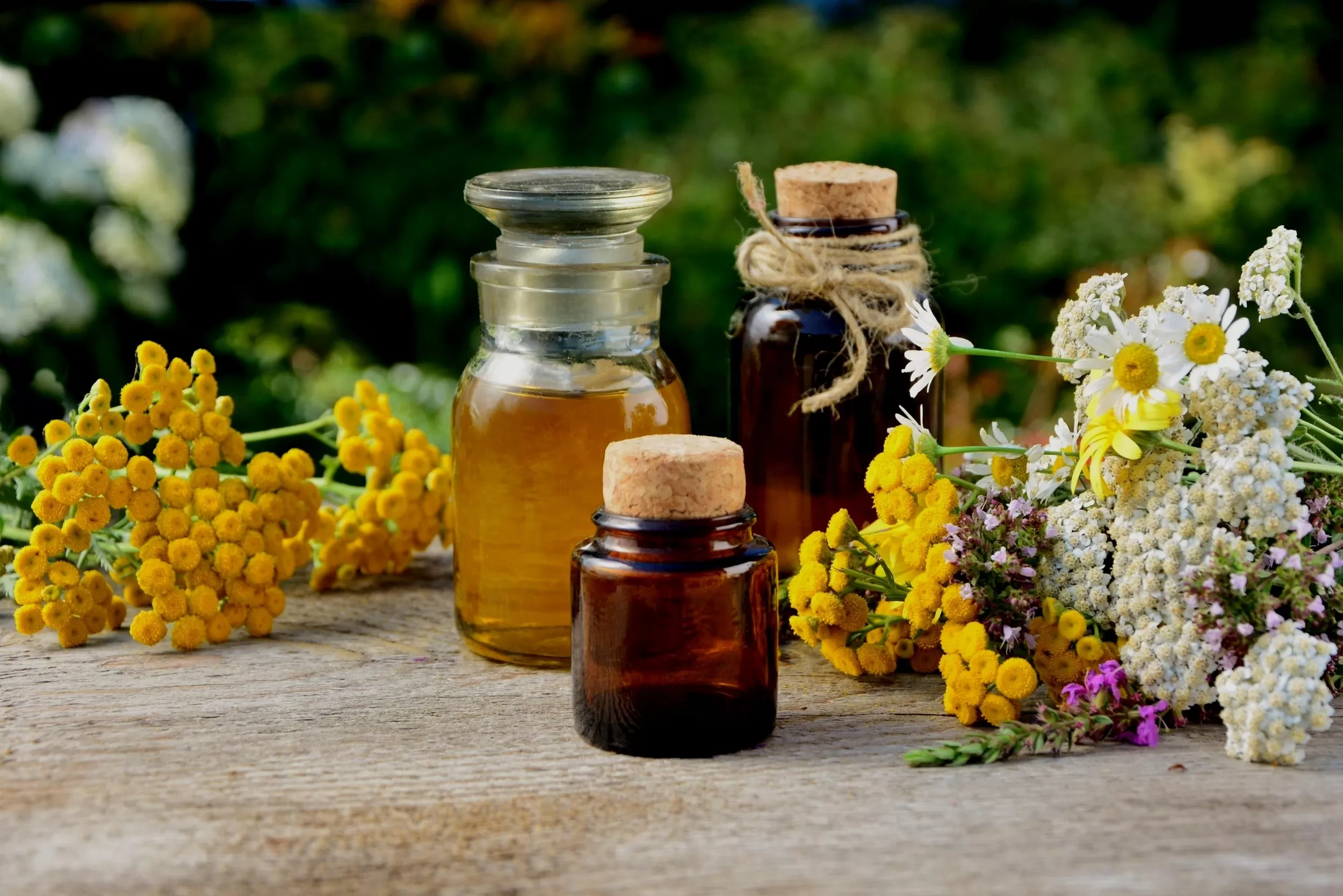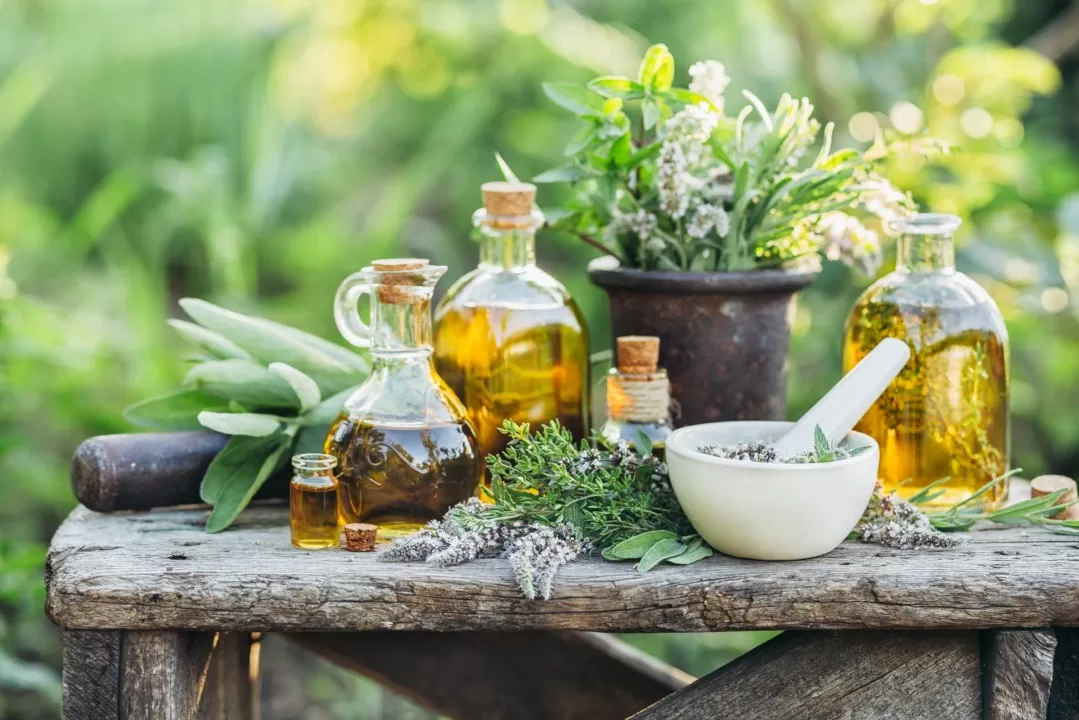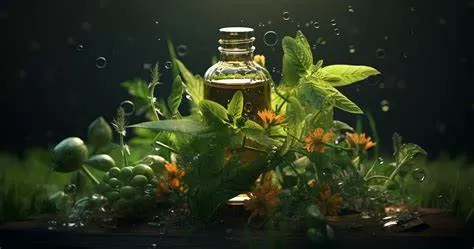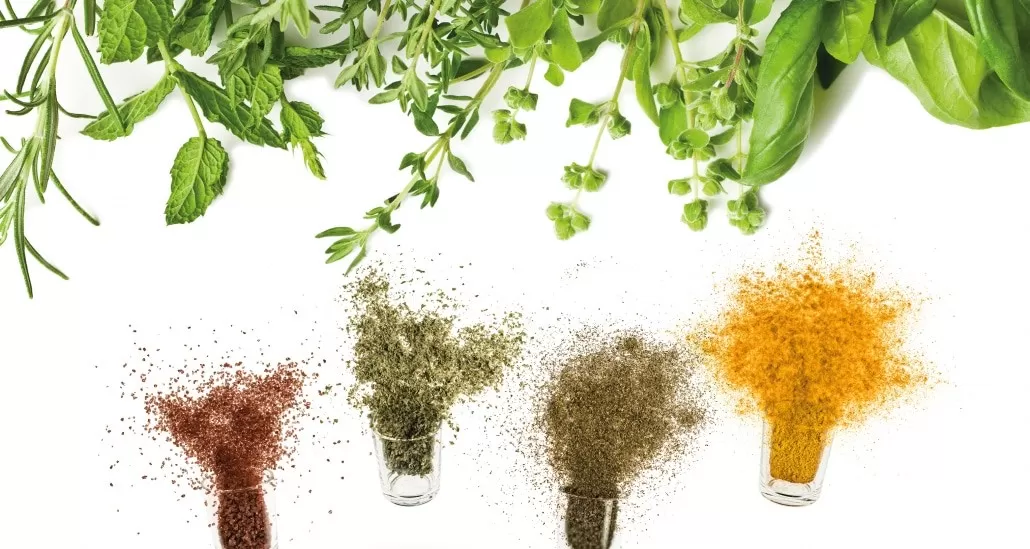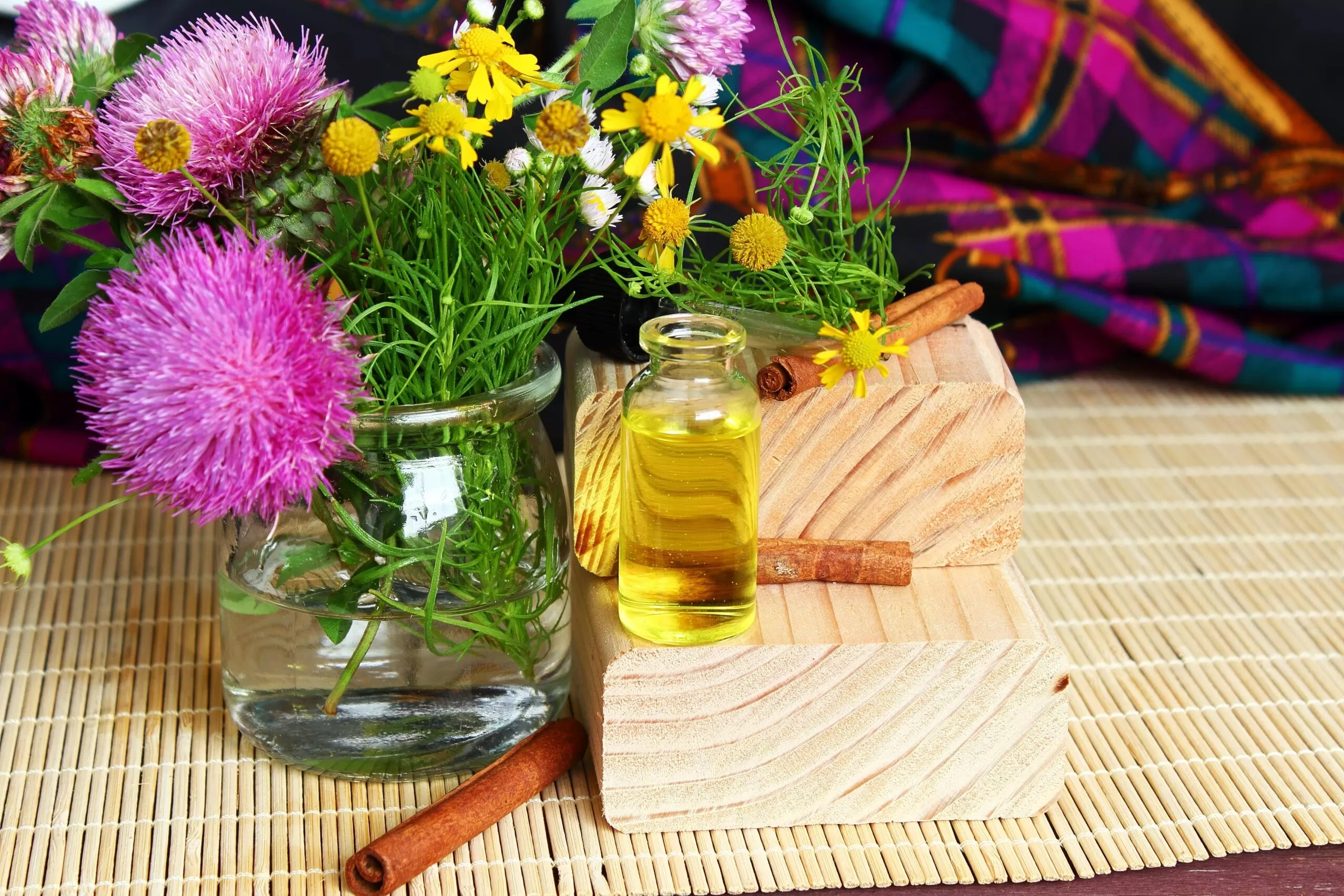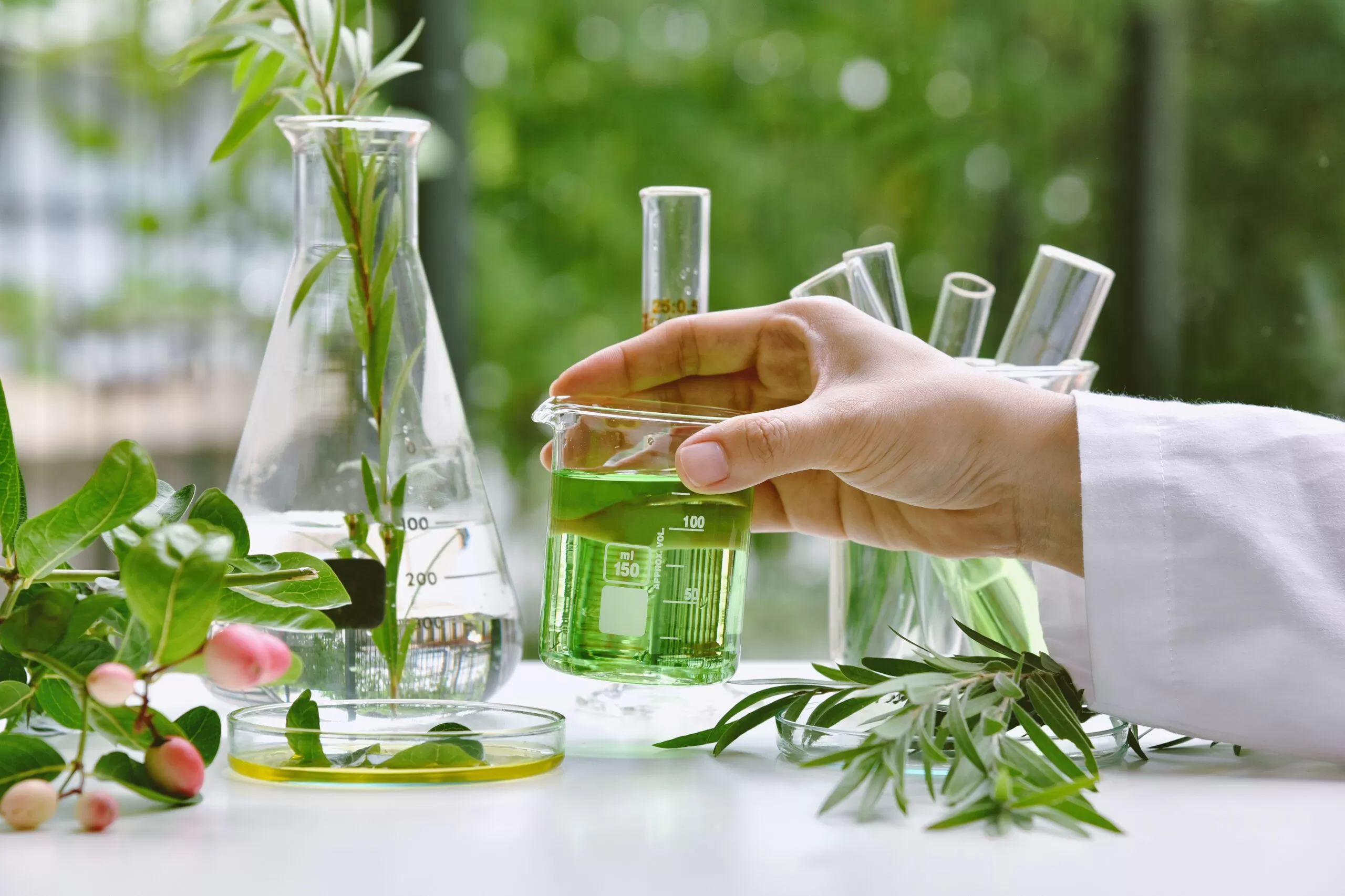- 0086-571-85302990
- sales@greenskybio.com
Essential Oils and Beyond: Distillation Methods for Plant Extracts
2024-07-15
Introduction
Essential oils have been used for centuries in various applications, including aromatherapy, perfumery, and traditional medicine. These concentrated plant extracts are obtained through distillation methods, which are crucial in separating the volatile compounds from the plant material. Understanding the different distillation methods and the factors that influence their performance is essential for obtaining high - quality essential oils and other plant extracts.
Steam Distillation
1. Principle
Steam distillation is one of the most common methods for extracting essential oils. The principle behind it is based on the fact that the vapor pressure of a mixture of two immiscible liquids (in this case, water and the volatile plant compounds) is equal to the sum of their individual vapor pressures. When steam is passed through the plant material, it heats up the volatile compounds, causing them to vaporize. Since the vapor pressure of the volatile compounds is increased by the presence of steam, they can be distilled off at a temperature lower than their normal boiling points.
2. Procedure
- The plant material is placed in a distillation apparatus. This can be a still or a more complex setup depending on the scale of production.
- Steam is then introduced into the apparatus. The steam can be generated separately and then passed through the plant material or can be generated in - situ within the distillation chamber.
- The volatile compounds, along with the steam, are carried over into a condenser. In the condenser, the vapor mixture is cooled down, causing it to condense back into a liquid phase.
- The condensed liquid, which is a mixture of water and the essential oil (known as a hydrosol), is then collected. The essential oil can be separated from the water either by decantation or using a separating funnel, as it is immiscible with water and has a lower density in most cases.
3. Advantages
- It is a relatively gentle method, which means that it can be used for a wide variety of plant materials without causing excessive degradation of the volatile compounds.
- Steam distillation can be scaled up easily for industrial production, making it a popular choice for large - scale essential oil extraction.
- The resulting essential oils are generally of high quality, with a characteristic aroma profile that is well - preserved.
4. Limitations
- Some heat - sensitive compounds may still be affected by the relatively high temperatures involved in steam distillation, although the use of steam helps to lower the overall distillation temperature compared to direct heating.
- The process can be time - consuming, especially for plant materials that have a low yield of volatile compounds.
Hydro - distillation
1. Principle
Hydro - distillation is similar to steam distillation in that it also uses water to extract the volatile compounds from the plant material. However, in hydro - distillation, the plant material is completely immersed in water. As the water is heated, the volatile compounds are released from the plant material into the water. The vapor pressure of the volatile compounds in the water then causes them to be carried over into the condenser along with the water vapor during the distillation process.
2. Procedure
- The plant material is placed in a container filled with water.
- The water - plant material mixture is heated. This can be done using a direct heat source such as a burner or an electric heater.
- The volatile compounds, along with the water vapor, are passed into a condenser where they are cooled and condensed.
- The condensed liquid, which is a mixture of water and essential oil, is collected and the essential oil is separated from the water as in steam distillation.
3. Advantages
- It is a simple and straightforward method, especially suitable for small - scale or home - based extraction of essential oils.
- Since the plant material is immersed in water, it can be more effective for some plant materials that may not be as easily penetrated by steam in steam distillation.
4. Limitations
- The high - temperature water can cause more significant degradation of heat - sensitive compounds compared to steam distillation, as the plant material is directly in contact with the heated water.
- It may also require more energy to heat the water - plant material mixture compared to steam distillation, especially if the water volume is relatively large.
Factors Affecting Distillation Efficiency and Effectiveness
1. Plant Material Characteristics
The type of plant material used has a significant impact on the distillation process. Different plants have different compositions of volatile compounds, and their physical characteristics such as particle size, moisture content, and density also play a role.
- Particle Size: Finely ground plant material may release its volatile compounds more easily during distillation as it has a larger surface area exposed to the steam or water. However, if the particles are too fine, they may clog the distillation apparatus.
- Moisture Content: If the plant material has a high moisture content already, it may affect the efficiency of the distillation process. For example, in steam distillation, excess moisture in the plant material may reduce the effectiveness of the steam in vaporizing the volatile compounds.
- Density: Dense plant materials may require more time and energy to heat thoroughly during distillation, as the heat needs to penetrate deeper into the material to release the volatile compounds.
2. Distillation Temperature
The temperature at which the distillation is carried out is crucial. If the temperature is too low, the volatile compounds may not vaporize efficiently, resulting in a low yield of essential oil. On the other hand, if the temperature is too high, heat - sensitive compounds may be degraded.
- In steam distillation, the temperature is controlled by the pressure and flow rate of the steam. By adjusting these parameters, an optimal temperature range can be maintained for the distillation of different plant materials.
- In hydro - distillation, the temperature is determined by the heating source and the rate of heat transfer to the water - plant material mixture. It is important to monitor and control the temperature carefully to avoid over - heating.
3. Distillation Time
The length of the distillation process also affects the quality and quantity of the essential oil obtained. Longer distillation times may increase the yield of essential oil, but they may also lead to the extraction of unwanted compounds or the degradation of the desired ones.
- For some plant materials with a complex composition of volatile compounds, a longer distillation time may be necessary to extract all the valuable components. However, this needs to be balanced with the risk of over - extraction.
- In general, the optimal distillation time should be determined through experimentation for each type of plant material, taking into account factors such as the desired quality of the essential oil and the efficiency of the distillation method.
4. Equipment and Apparatus Design
The design and quality of the distillation equipment can significantly influence the efficiency and effectiveness of the distillation process.
- Condenser Efficiency: A well - designed condenser is essential for quickly and effectively cooling the vapor mixture, ensuring that the volatile compounds are condensed back into a liquid state. If the condenser is not efficient, some of the volatile compounds may be lost as vapor.
- Material of Construction: The material used to construct the distillation apparatus can affect the process. For example, some metals may react with the plant compounds, leading to contamination of the essential oil. Stainless steel is often a preferred material due to its non - reactive nature.
- Size and Capacity: The size of the distillation apparatus should be appropriate for the amount of plant material being processed. An undersized apparatus may lead to inefficient distillation, while an oversized one may be wasteful in terms of energy and resources.
Conclusion
Distillation methods play a vital role in the extraction of essential oils and other plant extracts. Steam distillation and hydro - distillation are two common methods, each with its own advantages and limitations. Understanding the factors that affect the efficiency and effectiveness of these methods, such as plant material characteristics, distillation temperature, time, and equipment design, is essential for obtaining high - quality plant extracts. By carefully considering these factors and choosing the appropriate distillation method, producers can ensure that they are able to extract the essence of plants in the most optimal way, whether for commercial or personal use.
FAQ:
What are the main types of distillation methods for plant extracts?
The main types of distillation methods for plant extracts include steam distillation and hydro - distillation. Steam distillation involves passing steam through the plant material, which causes the volatile compounds to vaporize and then be condensed back into a liquid. Hydro - distillation, on the other hand, involves boiling the plant material in water, and the steam along with the volatile components is then condensed.
How does steam distillation work in extracting essential oils?
In steam distillation, steam is introduced into a chamber containing the plant material. The steam loosens the essential oil molecules from the plant cells. As the steam and the vaporized essential oils rise, they are then cooled and condensed. Since the essential oils are immiscible with water, they can be easily separated from the water - based distillate.
What factors can affect the efficiency of hydro - distillation?
Several factors can affect the efficiency of hydro - distillation. The quality and freshness of the plant material play a role. Older or poorly stored plants may have lower yields. The ratio of plant material to water also matters; an improper ratio can lead to incomplete extraction. Additionally, the temperature and duration of the distillation process are crucial. If the temperature is too low, the extraction may be slow, and if it is too high, it may damage the volatile compounds.
Are there any other distillation methods apart from steam and hydro - distillation?
Yes, there are other methods. For example, there is solvent extraction which is not strictly a distillation method but is related in the context of plant extract production. In solvent extraction, a solvent is used to dissolve the plant components, and then the solvent is removed to obtain the extract. However, compared to distillation methods, solvent extraction may leave some solvent residues if not properly carried out.
Why is it important to choose the right distillation method for plant extracts?
Choosing the right distillation method is important because different plants have different chemical compositions. Some plants may respond better to steam distillation, while others may yield higher - quality extracts with hydro - distillation. The right method ensures a higher yield of the desired essential oils or plant extracts, better preservation of the active compounds, and a purer final product.
Related literature
- Advanced Distillation Techniques for Essential Oil Extraction"
- "Optimizing Plant Extract Distillation: A Comprehensive Guide"
- "The Science behind Different Distillation Methods for Plant - based Extracts"
- ▶ Hesperidin
- ▶ citrus bioflavonoids
- ▶ plant extract
- ▶ lycopene
- ▶ Diosmin
- ▶ Grape seed extract
- ▶ Sea buckthorn Juice Powder
- ▶ Beetroot powder
- ▶ Hops Extract
- ▶ Artichoke Extract
- ▶ Reishi mushroom extract
- ▶ Astaxanthin
- ▶ Green Tea Extract
- ▶ Curcumin Extract
- ▶ Horse Chestnut Extract
- ▶ Other Problems
- ▶ Boswellia Serrata Extract
- ▶ Resveratrol Extract
- ▶ Marigold Extract
- ▶ Grape Leaf Extract
- ▶ blog3
- ▶ blog4
- ▶ blog5
-
What are extracts made of?
2024-07-15
-
Extract Usage: A Comprehensive Guide
2024-07-15
-
Are plant extracts good for you?
2024-07-15
-
What are plant-based extracts?
2024-07-15
-
What Is a Plant Extract? A Deep Dive
2024-07-15
-
Cassia Seed Extract
2024-07-15
-
White Willow Bark Extract
2024-07-15
-
Sophora Flavescens Root Extract
2024-07-15
-
Black Pepper Extract
2024-07-15
-
Okra Extract
2024-07-15
-
Coconut Water Powder
2024-07-15
-
Cocoa Extract
2024-07-15
-
Citrus Aurantii Extract
2024-07-15
-
Almond Extract Powder
2024-07-15
-
Hawthorn Extract
2024-07-15











